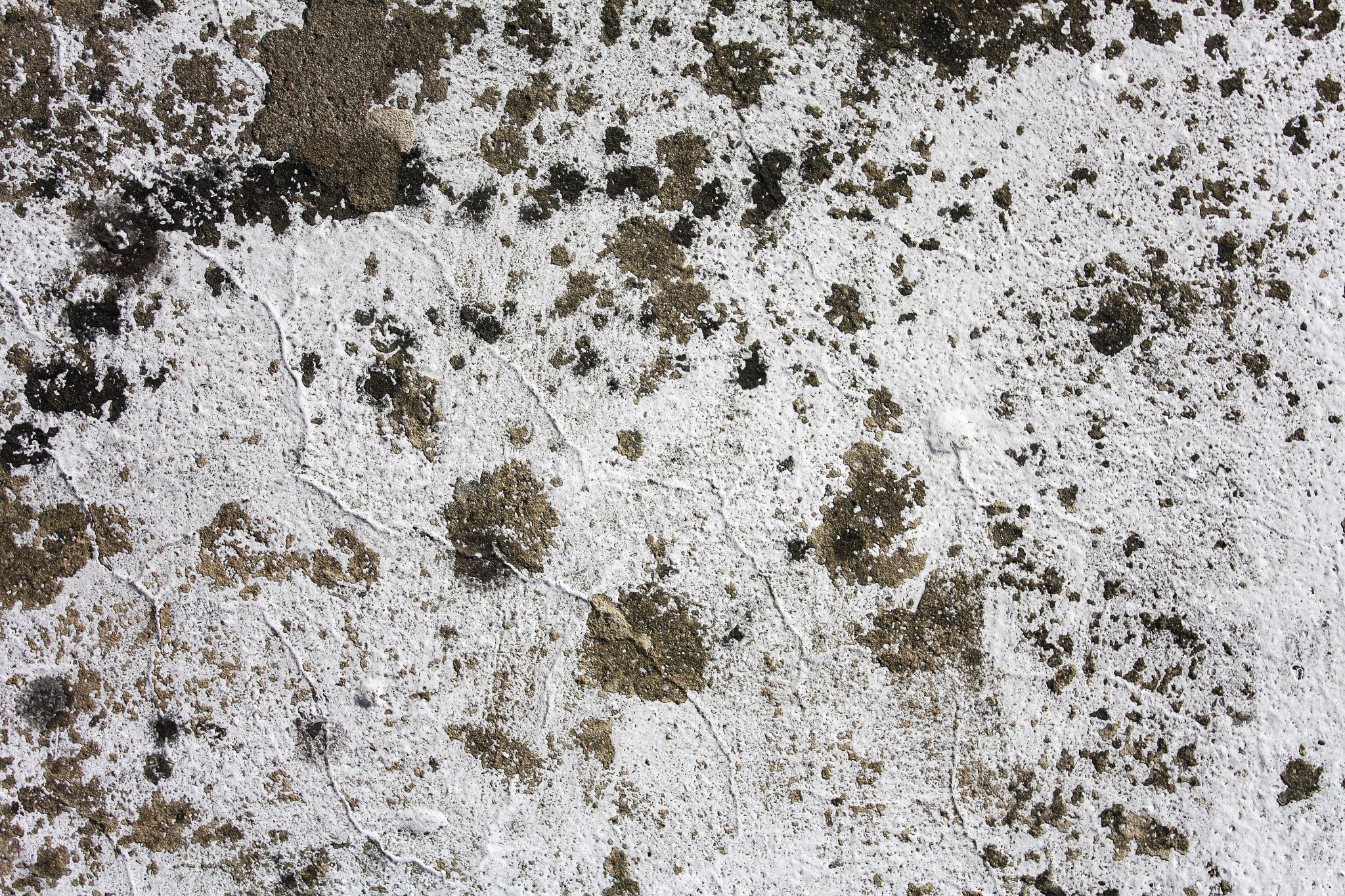Preventing Mold in Cold, Wet Weather
Wet cold winter months can quickly lead to mold growth. Anywhere there is a water source in your home can provide a breeding ground for mold, and this includes more than just anywhere with a faucet or pipes – warm humidity and steam can allow mold spores to multiply rapidly.
If not removed, mold can damage the surface on which it is growing, causing it to require replacement. Many surfaces are difficult to clean by anyone except a mold professional, while some mold is surface only, many molds go deep into the material they are growing n and you are only seeing the very tip of the problem.
Large mold spore numbers can also be hazardous to your health, and even cleaning up mold can expose you to mold which can make it difficult to breathe and trigger allergies or asthma reactions. Some types of mold are very hazardous, and if you think you have black mold or another dangerous mold it’s best to call the Dry Guys to check things out.
How to Keep Mold From Forming
The preferred way to keep mold at bay is by practicing mold prevention. General home and building maintenance should include the following, to reduce the chances of mold finding a suitable breeding ground in your home:
- Clean regularly. Wipe down exposed surfaces as well as mopping floors and cleaning the walls regularly.
- Heat and dry. Too much cold and damp encourages mold. Try increasing the temperature and running a dehumidifier.
- Circulate air. An exhaust fan can help in humid areas like the bathroom, laundry room, and kitchen. You can also open a window when showering, cooking, or washing the dishes or clothing.
- Check window and door seals. Keep moist air from outside where it belongs.
- Insulate your pipes. Freezing temperatures mean you should wrap or cover inside and outdoor pipes to cut down on the chance they will crack and/or burst.
- Turn off water. Unused faucets, pipes or appliances can have water to them turned off to prevent a leak providing a place for mold to grow.
- Stop seepage. Replace broken or cracked mortar in damp basements to minimize the chances of mold.
- Use moisture barriers. Place barriers in attics over untreated wood, and over the soil in any crawl spaces. Install fans to blow humid air from under your home, or to vent attic spaces.
- Check gutters. Overflowing roof gutters can cause water to drip down the sides of the house. This provides a perfect breeding ground for mold that will ruin your siding.
After heavy rains or flooding, always call in a mold remediation service like The Dry Guys. They can help you clean and disinfect your home safely.






